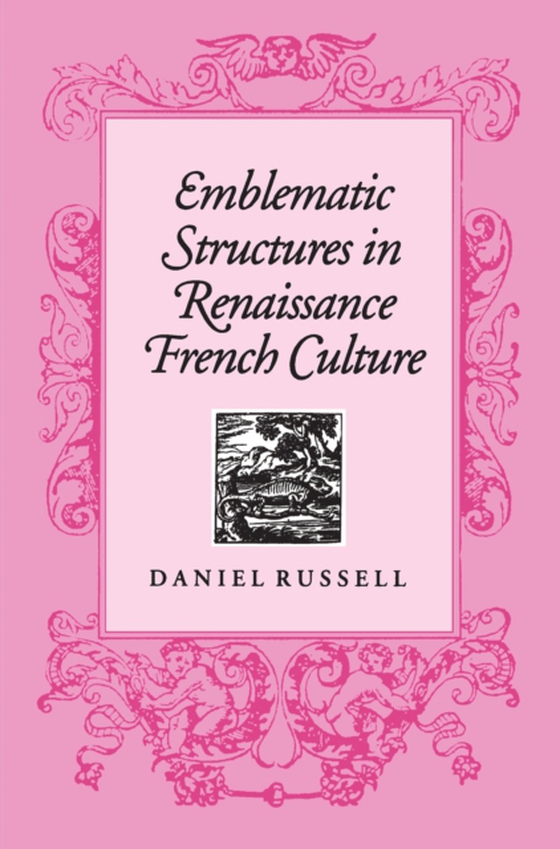
Emblematic Structures in Renaissance French Culture e-bog
366,80 DKK
(inkl. moms 458,50 DKK)
The emblem and the device (or impresa as it was called in Italy) were the most direct and telling manifestations of a mentality that played a significant role in the discourse and art in Western Europe between the late Middle Ages and the mid-eighteenth century. In the history of Western symbolism, the emblematic sign forms a bridge between late medieval allegory and the Romantic metaphor. Thes...
E-bog
366,80 DKK
Forlag
University of Toronto Press
Udgivet
15 december 1995
Længde
352 sider
Genrer
2ADF
Sprog
English
Format
epub
Beskyttelse
LCP
ISBN
9781442656031
The emblem and the device (or impresa as it was called in Italy) were the most direct and telling manifestations of a mentality that played a significant role in the discourse and art in Western Europe between the late Middle Ages and the mid-eighteenth century. In the history of Western symbolism, the emblematic sign forms a bridge between late medieval allegory and the Romantic metaphor. These intricate combinations of picture and text, where the picture completes the ellipses of an epigrammatic text, and where the text fixes the intention of the pictured signs, provide useful clues to the way pictures in general were read and textual descriptions visualized in early modern Europe.Daniel Russell demonstrates how the emblematic forms emerged from the way illustrations were used in late medieval French manuscript culture, how the forms were later disseminated in France, and how they functioned within early modern French culture and society. He also attempts to show how the guiding principles behind the composition of emblems influenced the production of courtly decoration, ceremony, and propaganda, as well as the composition of literary texts as different as Maurice Scve's Delie, Montaigne's Essais, and Du Bartas's Sepmaine.
 Dansk
Dansk

